Samsung Galaxy S7 and S7 Edge: 7 Best Features
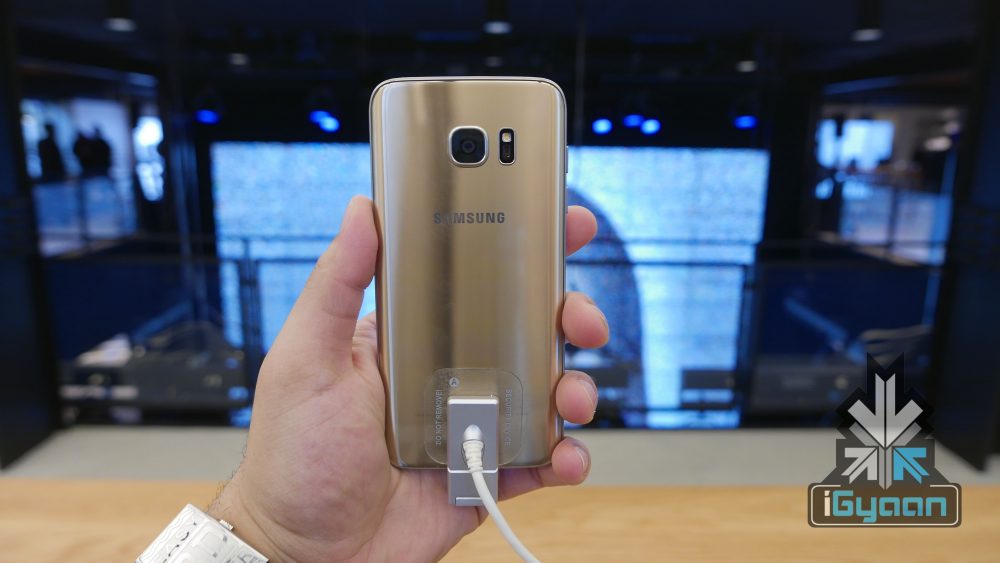
Samsung launched its flagship Galaxy S7 and S7 Edge in India yesterday. The devices are priced at Rs 48, 900 and 56, 900, respectively. The Galaxy S6 and S6 Edge successors come packed with top-of-the-line specifications and next-gen technology, along with a beautifully crafted design that is carried forward from the S6. We take a look at some of the best new features the Galaxy S7 and S7 Edge have to offer and whether the devices are worth your money.
Powerful Hardware
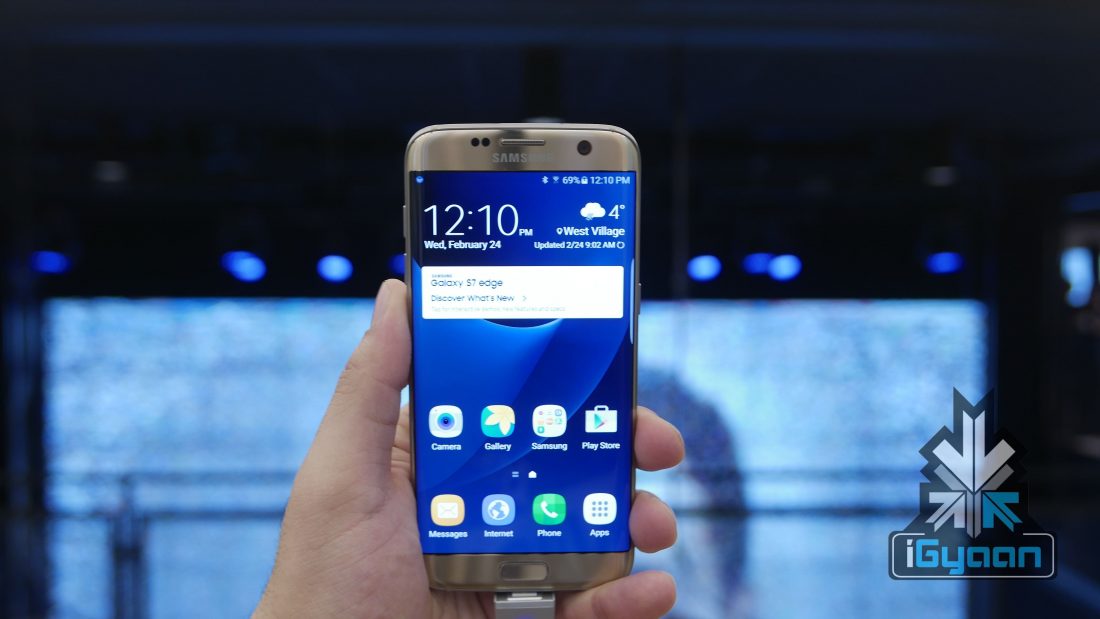
The new flagship devices have improved on specifications wherever it could. The pair is powered by newly powerful Exynos 8890 Octa, Mali-T880 MP12 and 4GB of RAM. Check out the detailed spec table below.
Specs |
Galaxy S7 |
Galaxy S7 Edge |
| Display | 5.1-inch Super AMOLED Quad HD display | 5.5-inch curved AMOLED Quad HD display |
| Resolution | 2560 x 1440 pixels | 2560 x 1440 pixels |
| Processor | Qualcomm Snapdragon 820 Processor
In India : Exynos 8890 Octa |
Qualcomm Snapdragon 820 Processor
In India : Exynos 8890 Octa |
| GPU | Adreno 530 | Adreno 530 |
| RAM | 4GB | 4GB |
| Storage | 32GB/ 64GB | 32GB/ 64GB |
| Rear Camera | Dual Pixel 12MP with f/1.7 aperture | Dual Pixel 12MP |
| Front Camera | Dual Pixel 5MP | Dual Pixel 5MP |
| Expandability | via MicroSD | via MicroSD |
| Battery | 3000mAh battery | 3600mAh battery |
| Connectivity | Wi-Fi 802.11 a/b/g/n/ac, Wi-Fi Direct, hotspot, Bluetooth v4.1, A-GPS, GLONASS, NFC | Wi-Fi 802.11 a/b/g/n/ac, Wi-Fi Direct, hotspot, Bluetooth v4.1, A-GPS, GLONASS, NFC |
| OS | Android 6.0 Marshmallow | Android 6.0 Marshmallow |
Dual Pixel Camera Technology
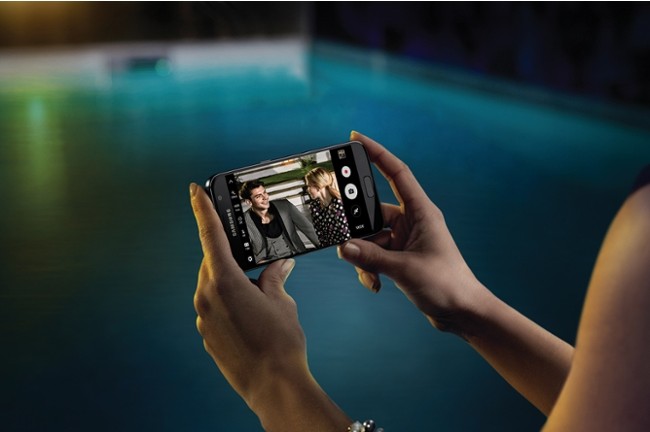
Among the bumped up specs inside the new Galaxy S7 and S7 Edge, one new technology that grabbed everyone’s attention at the MWC last month was the new Dual Pixel technology employed in the rear camera.
The Dual Pixel, essentially, is an improvement or a natural evolution from the Phase-Detection Auto-Focus technology used by many other smartphones. Firstly, Samsung downgraded from 16MP found in the S6 to 12MP in the S7. The decision to do this was to focus more on quality rather than quantity. The 12MP sensor brings 56% bigger individual pixels with1.4um pixels as compared to the S6.
The S7 comes with a wider f/1.7 aperture (the S6 had a f/1.9 aperture) that allows for a lot more light to come in, 25% more to be more accurate. This results in great low-light captures that are sharp and colourful. Much like the human eye, the Dual Pixel technology sends light from the lens to two image sensors separately to adjust the focus.
Water Cooled Systems to Rival Desktop Machines
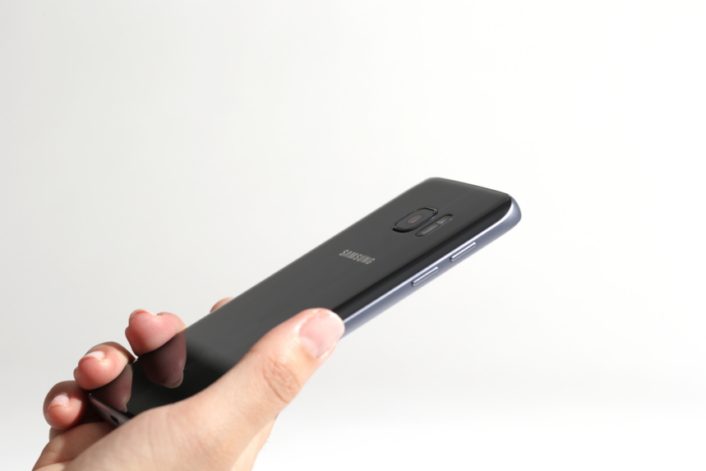
Phones running high-end multi-core CPUs are notorious for running a bit too hot under stress, and as we know, heat is the ultimate enemy of any gaming machine. No matter the exalted processing capabilities of a phone, or beefy battery packs that they come with, if it runs hot, you game not.
Samsung in its bid to fight this menace has come up with a system that’s not new to bigger desktop machines but is groundbreaking for mobile devices. The Galaxy S7 and S7 edge are equipped with a very thin sealed copper liquid based cooling system, enabling these phones to run cool and fast without facing any CPU or GPU throttling. The system keeping the internals of the phone cool will also result in better battery life.
Vulkan API

Mobile phones benefiting from the great advancements in silicon technology over the years have become smaller, thinner and at the same time grown more powerful. The latest generation of mobile phones bring with them specs which boast of computing power at times even surpassing that of the last generation consoles such as the Xbox 360 and PS3.
MicroSD is Back
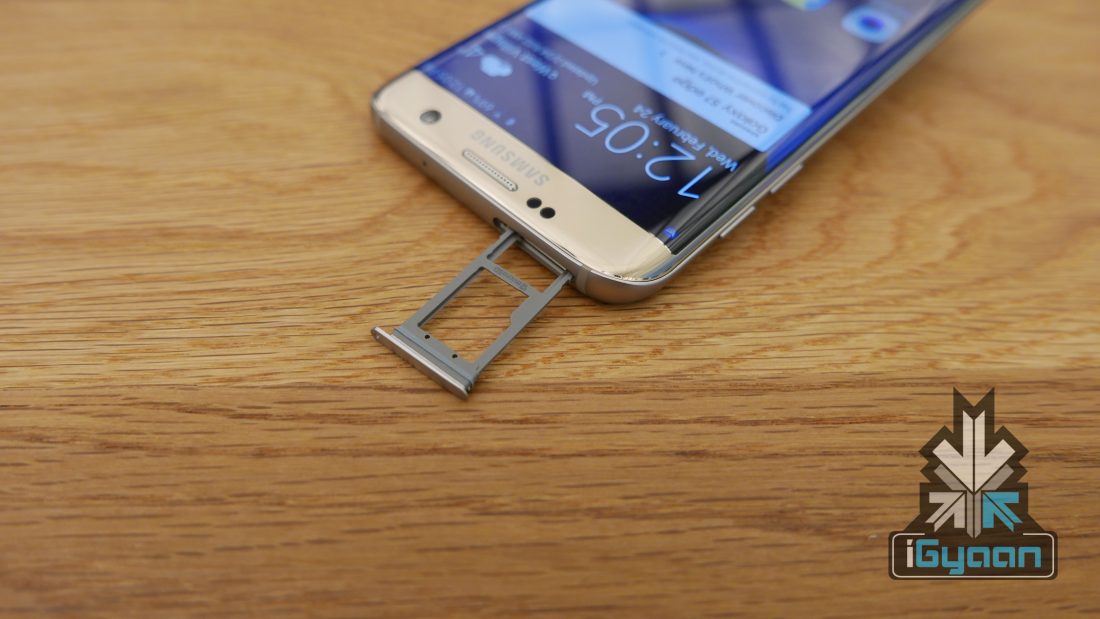
Samsung heard the cries of thousands of fans who were disappointed that the Galaxy S6 did not come with a MicroSD card slot. The Galaxy S7 series brings the slot back that allows up to 200GB of expandable storage. With read and write speeds having improved over the years, Samsung felt it was the right time to bring back the option.
It’s Dust and Waterproof

The Galaxy S7 series come with IP68 rating which means the devices are dust proof and can handle a rainy day as well. The devices can be submerged underwater up to 3 meters. With premium devices such as these, an IP68 rating is what consumers would love to hear.
Design
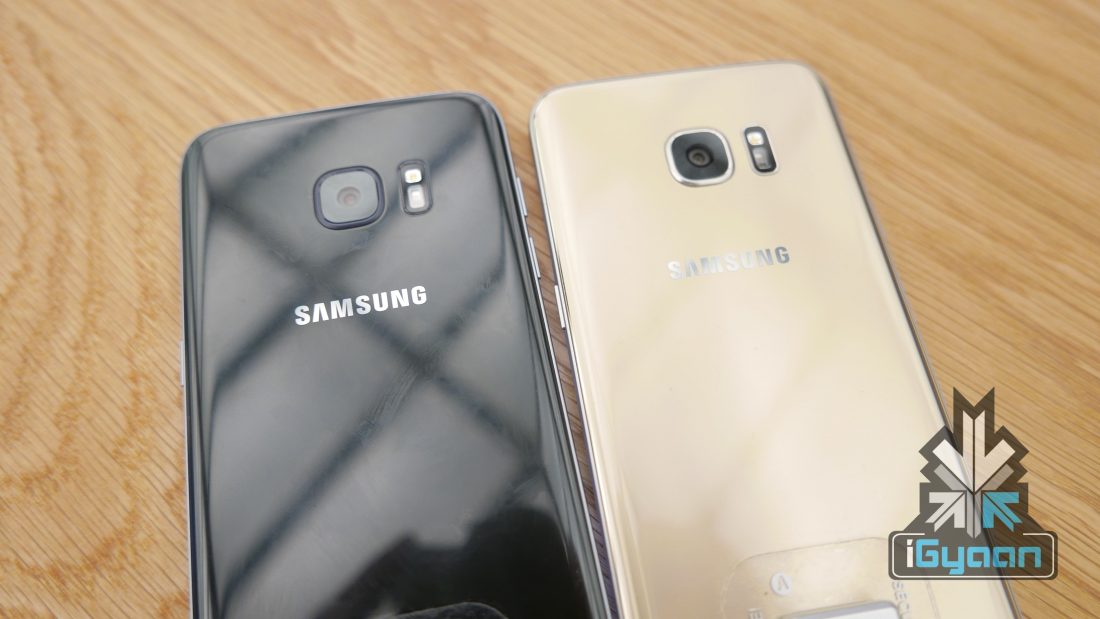
We keep design at the end as it is the one thing that isn’t all that new with the new Galaxy S7 devices. And that is not a bad thing at all. Last year’s Galaxy S6 series were praised for its brilliant design language that brought together glass and metal to form a beautiful piece of machinery.
It’s not surprising, then, that Samsung decided to stick to the same design language with the successor, Galaxy S7. The new flagship retains the looks, adds a MicroSD card slot, and packs next-gen specifications. But what the S7 also adds is a curved edge at the back that exquisitely blends into the metal frame and gives a great looking shape as well as improves the grip.
Meanwhile, The S7 Edge features the same dual edge design as its S6 counterpart but on a bigger 5.5-inch form factor and comes with a QHD Super AMOLED display with a pixel density of 534 ppi compared to the 5.1-inch QHD 577 ppi screen that we saw on the S6 Edge.























